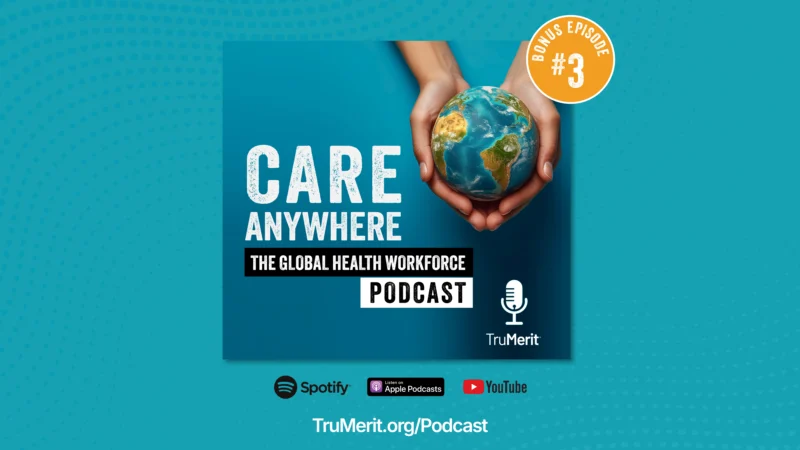Using Open-Source Software to Drive Reliability and Security in Lab & Life Sciences
Open-Source software’s flexibility through its distribution with the source code gives programmers the power to modify and distribute with its original rights. That versatility allows many technological innovations within the Health and Life Science space. Intel partners with Health and Life Science organizations on a wide range of solutions, and open-source is critical to bringing new advancements to life.
Health and Life Science at the Edge’s Morgan Andersen welcomed Intel Product Manager Amy Gilliam and Director of Security Communications Christopher Robinson for a discussion on open-source, everything from what it is, what the culture is like, and managing the quality of the code.
Gilliam says the culture around open source has grown to become a collaborative environment that’s enhanced over the years. Open exchange, de-centralized coding collaboration and peer review are all norms that move open source in a positive direction. “Peer review is a huge part of the open-source development process, in which developers submit code, it gets reviewed by multiple team members and project members before it gets integrated into the main code base by the maintainer,” Gilliam adds.
From Robinson’s perspective, open source thrives because of the collaboration community. “I’ve been doing security in upstream open source for just under a decade, and I get to work with people from all around the world. We used to have a concept frequently talked about; it was called meritocracy; whereas you were contributing to these communities, people would put forth other ideas, and normally the best idea will win out. After much review and conversation, you’ll generally have better quality code because you’ve had all these different types of inputs.”
So, how does security factor into open source when privacy is critical to a lot of work done in the health and life science world? Some essential regulations and rules govern the industry to protect human life. Gilliam says technology developers must familiarize themselves with these regulations and ensure the flexibility and capability to meet those compliance requirements now and in the future.
“The FDA requires disclosures of software submission,” Gilliam said. “So, along with those disclosures of software, are usually calling out of risks and mitigations. Those can be cybersecurity risks, privacy risks, etc. We’re monitoring for that as we’re building software and these analytical tools that will help leverage and accelerate processes in the pharmaceutical industry.”
Learn more about Open Source solutions by connecting with Amy Gilliam and Christopher Robinson on LinkedIn or visit Intel Health and Life Sciences.
Subscribe to this channel on Apple Podcasts, Spotify, and Google Podcasts to hear more from the Intel Network and Edge Solutions Group.









